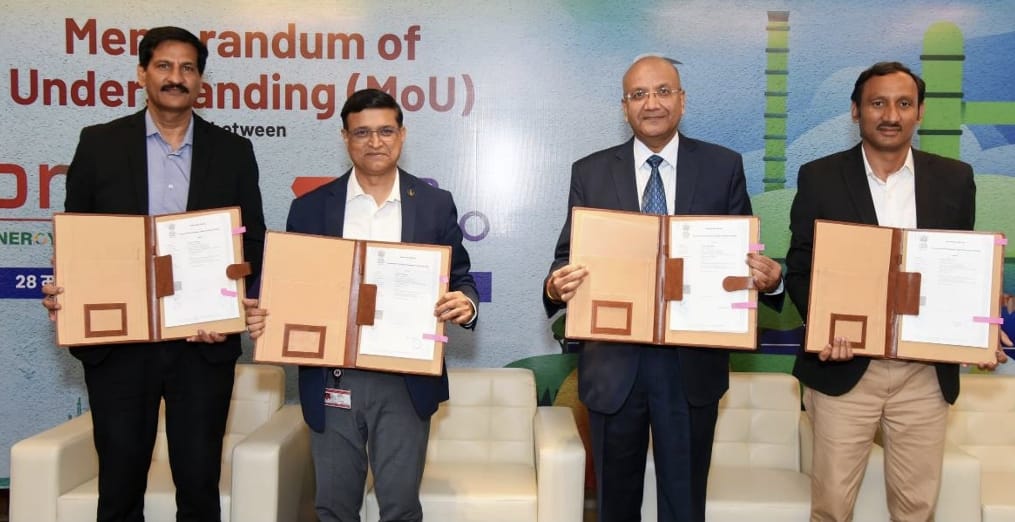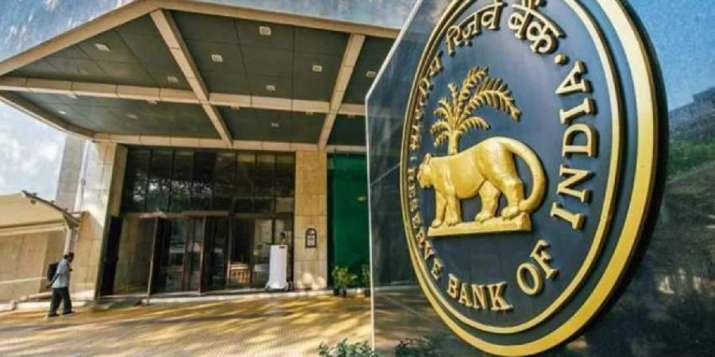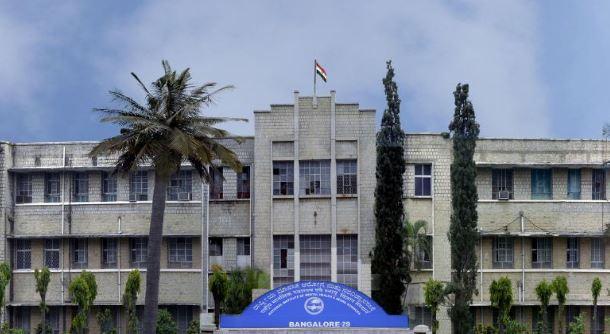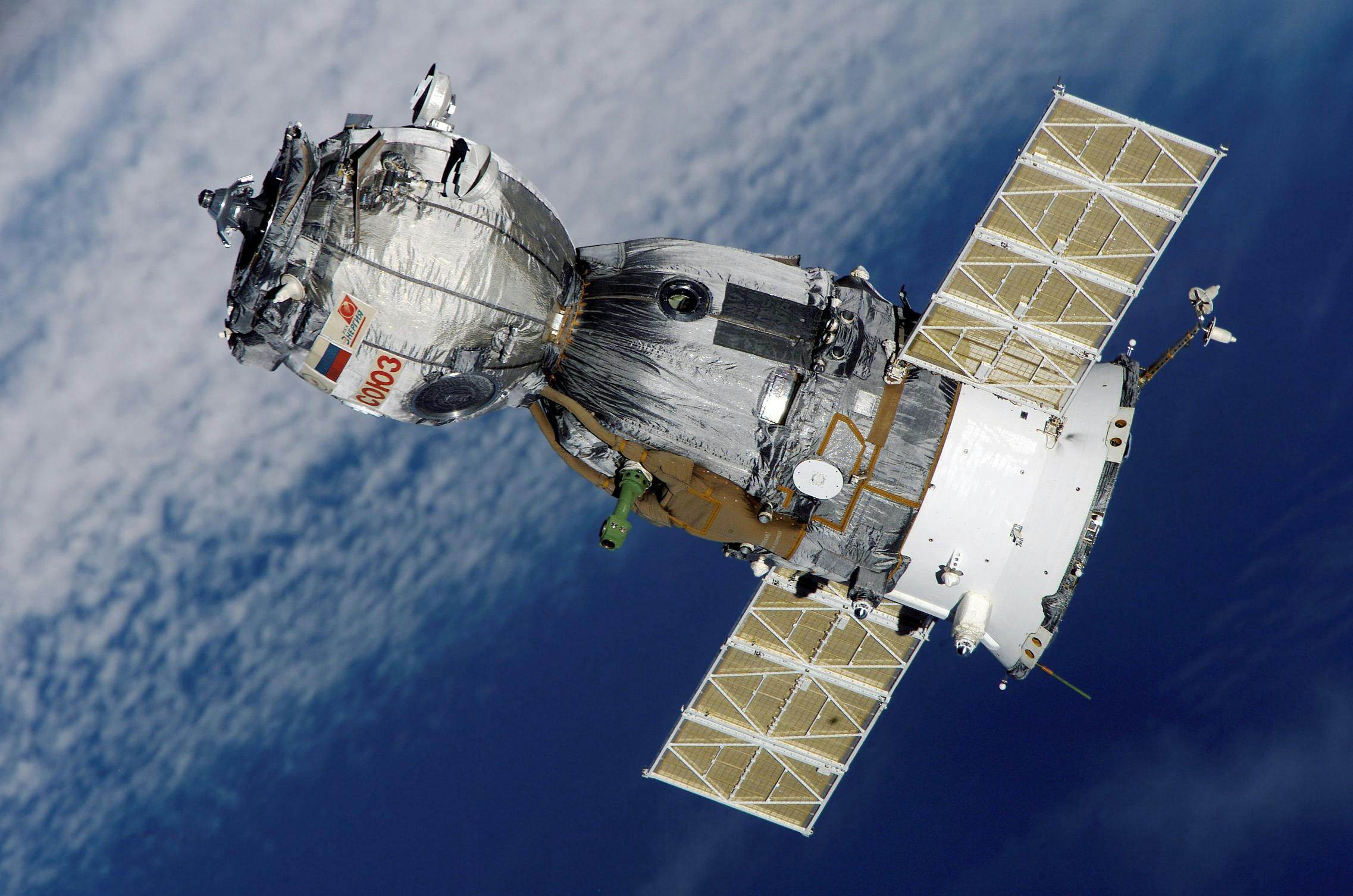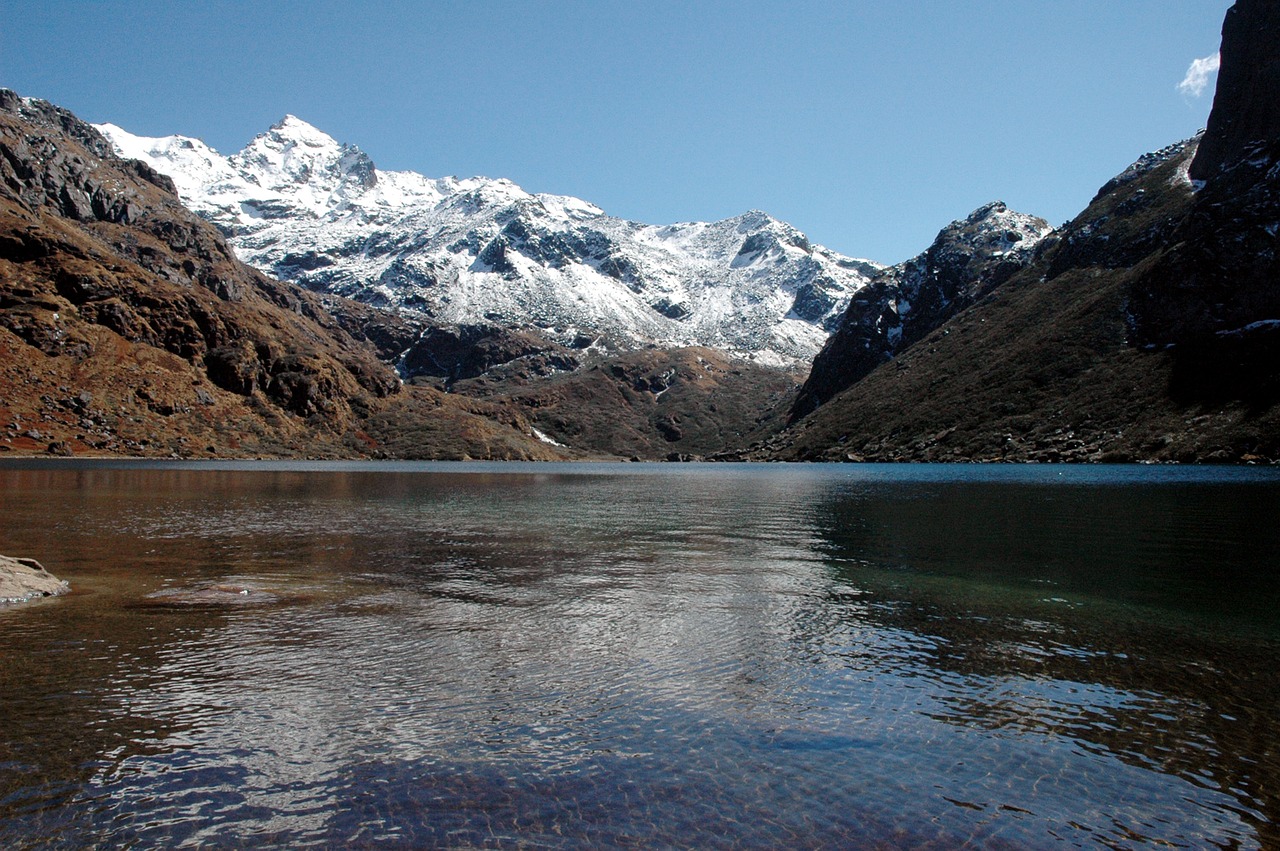Derailments in Indian Railways
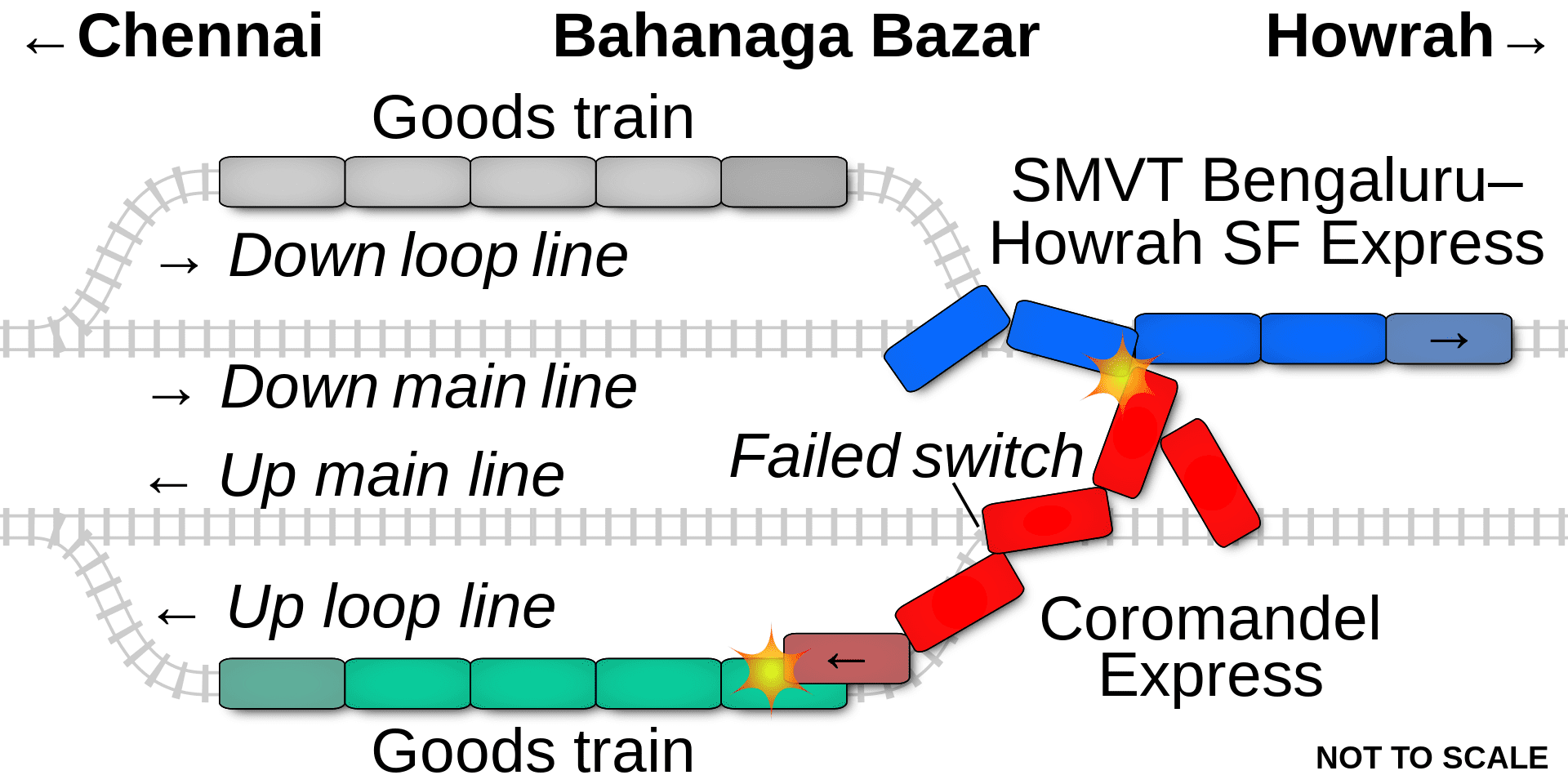
Bасkgrоund:-
- Derailment refers to the situation when a train or any other rail vehicle goes off the tracks, resulting in a loss of stability and the inability to continue moving along its intended path. It is a critical safety incident that can lead to significant damage, injuries, and even fatalities.
- The tragic train accident that occurred on June 2, 2023, at Bahanaga Bazar railway station in Odisha’s Balasore district has highlighted the urgent need for effective safety measures to prevent such devastating incidents.
Linkage:
- The recent incident has brought attention to the Kavach initiative, which aims to enhance railway safety in India. However, the Kavach system has yet to be implemented on the Odisha route.
- Kavach is an indigenously developed Automatic Train Protection (ATP) system aimed at enhancing safety in train operations across the vast network of Indian Railways. Developed by the Research Design and Standards Organisation (RDSO) in association with three Indian vendors, it has been adopted as our National Automatic Train Protection (ATP) System.
- The Indian Railways Institute of Signal Engineering & Telecommunications (IRISET) in Secunderabad, Telangana, hosts the ‘Centre of Excellence’ for Kavach.IRISET is responsible for training in-service railway staff on Kavach through its dedicated Kavach lab.
Current News:
- Comptroller and Auditor General of India (CAG)’s 2022 report on ‘Derailments in Indian Railways’ flagged multiple shortcomings in the causes of train accidents in the country. The CAG report reveals that nearly 75% of the consequential train accidents between 2017-18 and 2020-21 were caused by derailments.
- Factors for Derailments: The analysis of inquiry reports revealed multiple factors responsible for derailments across different zones and divisions of Indian Railways. The major factors identified were related to the maintenance of tracks, deviation of track parameters beyond permissible limits, and instances of bad driving/overspeeding. These factors emphasise the importance of effective track maintenance and adherence to safety protocols by railway personnel.
- Rashtriya Rail Sanraksha Kosh (RRSK): The CAG report also assessed the performance of the Rashtriya Rail Sanraksha Kosh, which was established in 2017-18 with the aim of enhancing safety measures on the rail network. However, the report highlighted a need for more funding from internal resources, which compromised the effectiveness of the fund in achieving its primary objective. Adequate and consistent funding is essential to ensure the successful implementation of safety measures.
- Declining Track Renewal Funds: The report drew attention to a decline in the allotment of funds for track renewal works over the years. The allocated funds for track renewal needed to be fully utilised, indicating a potential inefficiency in resource management. Furthermore, a significant number of derailments were linked to track renewals, highlighting the criticality of timely and adequate investment in this area.
- Recommendations and Pending Projects: The CAG report put forth several recommendations to improve railway safety. These included strict adherence to scheduled timelines for accident inquiries, the adoption of fully mechanised methods for track maintenance, and the utilisation of improved technologies. Additionally, it suggested the formulation of a “Detailed Outcome Framework” to assess the outcomes derived from the Rashtriya Rail Sanraksha Kosh funds and ensure alignment with the fund’s objectives.
Impact:
- Utilising Data Analytics and AI: Utilise big data analytics and artificial intelligence to analyse vast amounts of data collected from trains, tracks, and infrastructure. This can help identify patterns, detect anomalies, and predict potential safety risks, enabling proactive interventions.
- Implementing Kavach Project: It is crucial to expedite the implementation of the Kavach project on the Howrah-Chennai line, passing through at least four railway zones.

